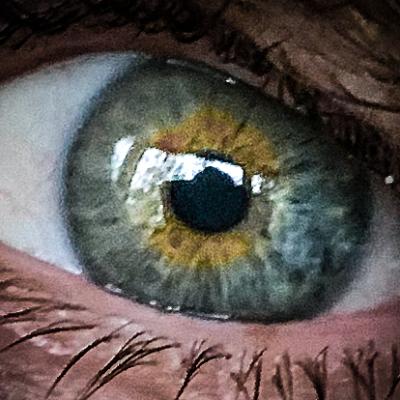
One major organizational property the visual cortex employs is called retinotopic mapping, where neurons within are arranged in an orderly way that preserves the spatial information arriving from the retina (light sensing portion of the eye). Much like the Mercator projection is to cartography, retinotopic maps in the visual cortex are thought to follow a widely adopted and well-characterized pattern. The prevailing theory is that brain areas like the primary visual cortex (V1) follow a smooth and simple method of mapping. What you see is what you get; objects in visual space that activate portions of the retina, will light up neurons in an identical pattern in the brain.
Despite the wealth of evidence in multiple species supporting this type of linear mapping, small hints and discrepancies existed within previous studies that suggested the possibility of other arrangements. The question remained, do additional methods of spatial mapping exist in the brain?
Shedding light on this question and challenging the prevailing theory, researchers at the Max Planck Florida Institute for Neuroscience (MPFI) have uncovered a new type of spatial mapping within the secondary area (V2) of the visual cortex. Published recently in Neuron, the team employed a combination of single-cell functional imaging, computational modeling, and connectivity studies to reveal a sinusoidal or wavelike organization in area V2 of the tree shrew. Their surprising insight has deepened understanding of neural representations of visual space and underlined the importance of precise retinotopic mapping in the visual cortex.